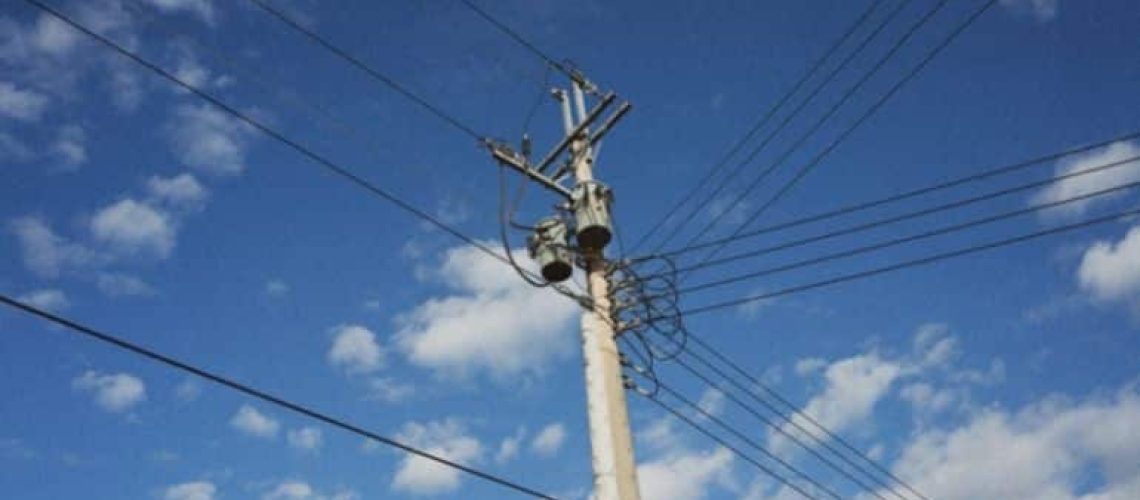On Wednesday, May 25, the Illinois Commerce Commission (ICC) made several changes to the state’s rules governing how distributed energy resources (DERs), such as rooftop solar panels and energy storage systems, connect to the state’s electric distribution grid. The revisions to Illinois’ interconnection rules include a number of positive developments that will streamline the interconnection process and reduce the time and cost to connect clean energy to the grid. They will also make it easier to utilize energy storage and provide increased transparency about interconnection review results.
The changes reflect current best practices established through a collaborative research and policy project by utilities and clean energy advocates that resulted in a toolkit of solutions for improving the interconnection of energy storage projects (“the BATRIES Toolkit”). As one of the first states to incorporate these energy storage interconnection best practices, Illinois continues its role as a leader in climate change solutions. These changes build upon the landmark Climate and Equitable Jobs Act (CEJA) Illinois passed last year, one of the nation’s most comprehensive state climate and energy laws.
“These interconnection governance changes are necessary for the future of our energy grid and set the stage for groundbreaking programs promised by CEJA,” said Will Kenworthy, regulatory director at Vote Solar. “The ICC’s changes enable the renewable energy projects from CEJA to easily integrate into the grid and provide clean, reliable energy for all.”
These improvements resulted from the engagement of several public interest groups including the Interstate Renewable Energy Council (IREC), the Environmental Law and Policy Center (ELPC), Vote Solar, and NRDC (Natural Resources Defense Council).
“These cutting-edge updates to the interconnection process in Illinois will make it possible to add more renewable energy to the state’s grid and offer a model for other states that want to lead the way to a clean energy future,” said IREC regulatory VP Radina Valova.
One of the key changes establishes protocols for utilizing some of the unique characteristics of energy storage that will make it possible for the state’s grid to accommodate higher levels of renewable energy. That’s because, when paired with energy storage, DER projects can limit the amount of energy they send onto the grid (“non-export” and “limited-export” projects). The amount of electricity a project will send to the grid is a key factor in whether it can interconnect without the need for lengthy study or costly equipment upgrades to ensure grid safety and reliability. Projects that export less or no electricity to the grid are less likely to cause issues.
Because energy storage is a newer technology, most interconnection rules do not yet recognize the possibility of limiting export or have guidelines for handling such projects. The revised Illinois interconnection rules now recognize limited- and non-export projects and establish different review approaches that reflect a project’s limited export amount, where appropriate, when assessing potential grid impacts.
There are several other noteworthy developments in the revised interconnection rules, including:
- Improvements to the way projects are “screened” for potential grid impacts, which will result in fewer projects being required to go through time-consuming and costly study processes before being approved to interconnect.
- Requirements for utilities to provide greater information transparency to interconnection applicants, including details on grid constraints that prevent their projects from proceeding as designed, and more detailed cost and timeline estimates.
- A new pathway for developers to modify their pending DER projects in response to information on grid constraints, allowing them to improve their likelihood of approval without having to withdraw and reapply, as has historically been the case.
All of these changes are expected to allow more projects to successfully interconnect and to increase the pace at which renewable energy can be added to Illinois’ distribution grid.
“This will put more renewable power on the grid faster and cheaper, while still maintaining safety and reliability,” said Environmental Law & Policy Center Staff Attorney Erica S. McConnell. “The people of Illinois want clean power. We want it for our climate, for our public health and as a way to take control of our energy bills. These rules will make that happen more quickly, efficiently and safely.”
While an excellent starting point, one area where the changes fell short of public interest groups’ recommendations is in regard to data reporting requirements for the state’s utilities. The Commission declined to require more detailed reporting requirements that would help the Commission and interested stakeholders ensure the interconnection process is functioning well and that utilities are delivering on their required obligations. Lack of data on utility performance metrics in the interconnection process is a common problem that prevents accountability and improvements.
News item from IREC
<!–
–>



